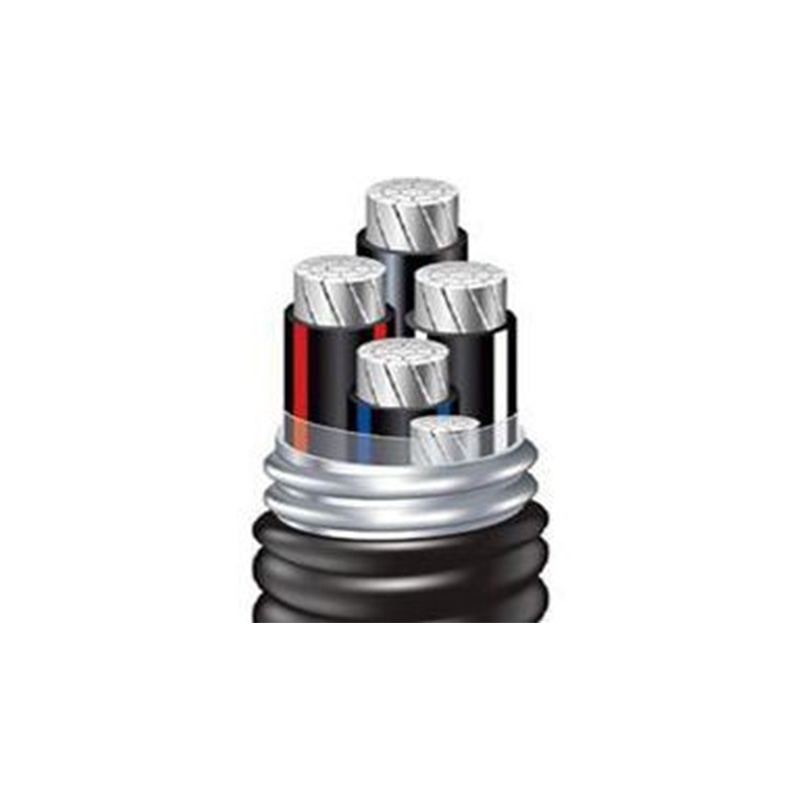9 月 . 07, 2024 16:12 Back to list
Lift Check Valve | Reliable Flow Control Solutions
Understanding Lift Check Valves Function, Benefits, and Applications
Lift check valves are essential components in various piping systems, designed mainly to prevent backflow. Unlike globe or gate valves, which control flow direction and rate, lift check valves permit fluid to flow in one direction while automatically blocking it when flow reverses. This characteristic makes them critical in maintaining the integrity of various systems, particularly in water supply, wastewater treatment, and industrial processes.
Mechanism of Action
The lift check valve operates through a simple yet effective mechanism. It consists of a disc or ball that is lifted off its seat by the flowing fluid, allowing the fluid to pass through. When the flow stops or reverses, gravity or back pressure acts upon the disc, forcing it back onto its seat and preventing any backward flow. This automatic response to changes in flow direction makes lift check valves highly reliable.
There are two primary types of lift check valves the vertical lift check valve and the horizontal lift check valve. Vertical lift check valves are designed to have the flow coming from below the disc. When the flow is upward, the disc lifts, allowing the liquid to pass. In contrast, horizontal lift check valves can operate when the fluid travels from either direction, though their design is typically more complex.
Benefits of Lift Check Valves
One of the primary advantages of lift check valves is their ability to ensure proper flow management without requiring external power sources or manual intervention. This aspect is essential in systems where automatic operation is crucial for safety and efficiency. Furthermore, lift check valves have a streamlined design that minimizes pressure drop across the valve, making them suitable for high flow rates and reducing energy losses.
lift check valve

Additionally, lift check valves are relatively easy to maintain. Most models can be serviced with minimal effort, and their construction allows for the quick replacement of parts if necessary. They are made from a variety of materials, including bronze, stainless steel, and plastic, enabling their use in diverse environments and with different types of fluids, including corrosive substances.
Applications
Lift check valves find applications across numerous industries. In water treatment facilities, they are vital for maintaining the flow direction of treated water, preventing contamination from backflow. In the oil and gas industry, these valves protect pipelines from the hazards associated with reverse flow, including pressure surges that can lead to catastrophic failures.
Moreover, lift check valves are often used in HVAC systems to prevent reverse circulation in heating and cooling applications. In fire protection systems, they are integral in ensuring that water flows only where needed, safeguarding against potential backflow contamination.
Conclusion
In conclusion, lift check valves serve a critical function in fluid management across various sectors. Their ability to automatically prevent backflow, coupled with ease of maintenance and versatile applications, makes them indispensable in modern infrastructure. As technological advancements continue to improve valve design and materials, the efficacy and reliability of lift check valves will further enhance their role in ensuring safe and efficient fluid systems worldwide. Understanding their function and benefits is essential for engineers and operators working in fields where fluid control is paramount.
Share
-
Understanding the Differences Between Wafer Type Butterfly Valve and Lugged Butterfly ValveNewsOct.25,2024
-
The Efficiency of Wafer Type Butterfly Valve and Lugged Butterfly ValveNewsOct.25,2024
-
The Ultimate Guide to Industrial Swing Check Valve: Performance, Installation, and MaintenanceNewsOct.25,2024
-
Superior Performance with Industrial Swing Check Valve: The Essential Valve for Any SystemNewsOct.25,2024
-
Industrial Swing Check Valve: The Ideal Solution for Flow ControlNewsOct.25,2024
-
You Need to Know About Industrial Swing Check Valve: Functionality, Scope, and PerformanceNewsOct.25,2024